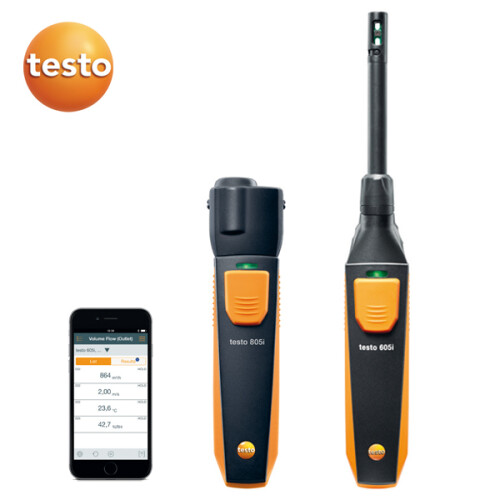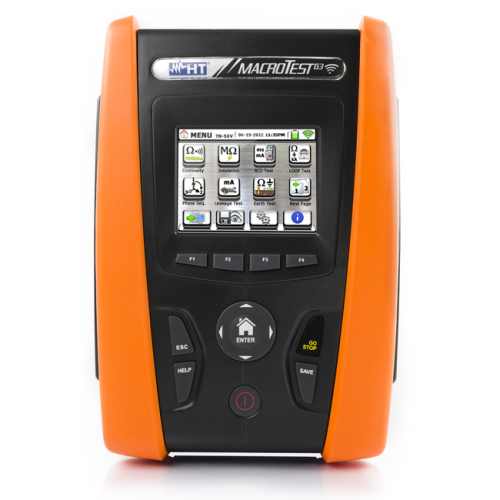Measuring tools
Measuring instruments: precision and control in thermohydraulic systems
Measuring instruments are crucial components in thermohydraulic systems, used to monitor, control, and optimise the operating conditions of installations. These devices, which include a wide range of sensors, pressure gauges, thermometers, anemometers, and other detection tools, provide essential data to ensure the efficiency, safety, and sustainability of heating, ventilation, air conditioning, and water supply systems.
Thanks to their ability to offer precise, real-time readings, measuring instruments play a fundamental role in ensuring that systems operate optimally and comply with current regulations.
Operation and types of measuring instruments
Measuring instruments work by detecting specific physical parameters, such as temperature, pressure, flow rate, humidity, or air velocity, and converting them into signals that can be read and interpreted by operators or automated control systems. These instruments can be analogue or digital, depending on the technology used and the system's requirements.
- Pressure gauges: Used to measure pressure within hydraulic and pneumatic systems, pressure gauges are essential for ensuring that systems operate within safe limits. They can be Bourdon tube, capsule, or digital gauges, providing accurate pressure readings and signalling any anomalies that may indicate faults or leaks.
- Thermometers and temperature probes: These instruments measure the temperature of fluids or air within a system. Thermometers can be liquid-expansion, bimetallic, infrared, or digital. Temperature probes, such as thermocouples or RTD sensors, offer high precision and are used in critical applications where temperature control is essential.
- Anemometers and flow meters: Anemometers measure air velocity in ventilation and air conditioning systems, while flow meters measure the fluid flow rate in hydraulic systems. These instruments are essential for optimising the distribution of air and water, ensuring that all areas of a building or system receive the appropriate amount of fluid or air.
- Hygrometers and psychrometers: Used to measure humidity levels in the air, these instruments are crucial in air conditioning systems and industrial applications where humidity control is essential for comfort or product quality.
Applications of measuring instruments
Measuring instruments are used in a wide range of applications, each with specific monitoring and control requirements. In the residential sector, these tools are essential for ensuring comfort and energy efficiency in heating, ventilation, and air conditioning systems. For example, smart thermostats use temperature sensors to automatically regulate heating and cooling, optimising energy consumption.
In commercial and industrial settings, measuring instruments play a key role in ensuring safety and operational efficiency. In large commercial buildings, Building Management Systems (BMS) use a variety of sensors to monitor environmental conditions and regulate HVAC systems, improving occupant comfort and reducing energy costs.
In the industrial sector, measuring instruments are used to monitor production processes, ensuring that operating conditions remain within specific parameters to guarantee product quality and system safety. For example, in chemical processes, precise control of temperature and pressure is essential for a correct and safe chemical reaction.
Another key application is in water management, where flow meters and pressure sensors are used to monitor and control water distribution, optimising resource use and preventing leaks and waste.

















